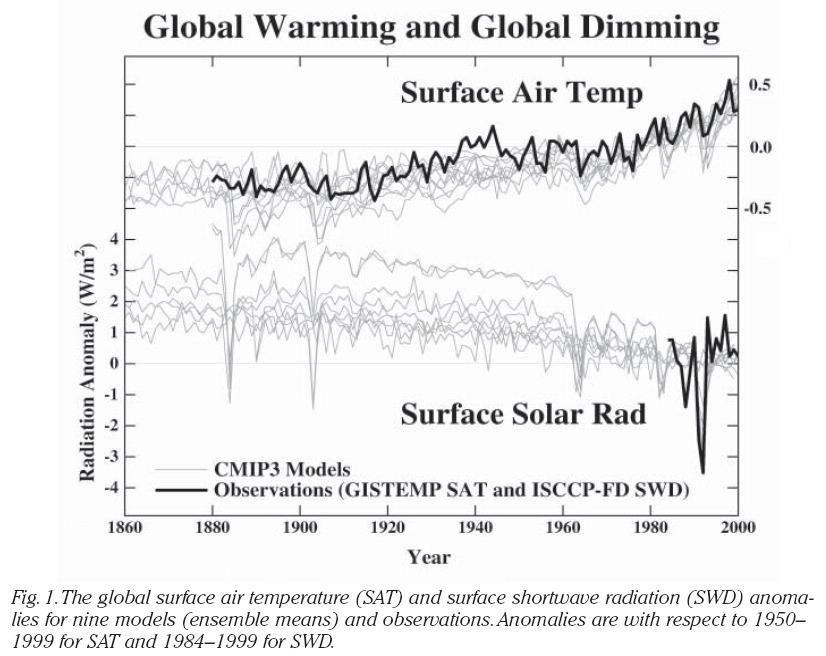Guest post by Bart Verheggen, Department of Air Quality and Climate Change , Energy research Institute of the Netherlands (ECN)
The impacts of aerosols on climate are significant, but also very uncertain. There are several reasons for this, one of which is the uncertainty in how and how fast they are formed in the atmosphere by nucleation. Here, in part I, I’ll review some of the basic processes that are important in determining the climate effects of aerosols, focusing in particular on their formation. This is also relevant in order to better understand –and hopefully quantify- the hypothetical climate effects of galactic cosmic rays which I’ll discuss in a follow-up post.




